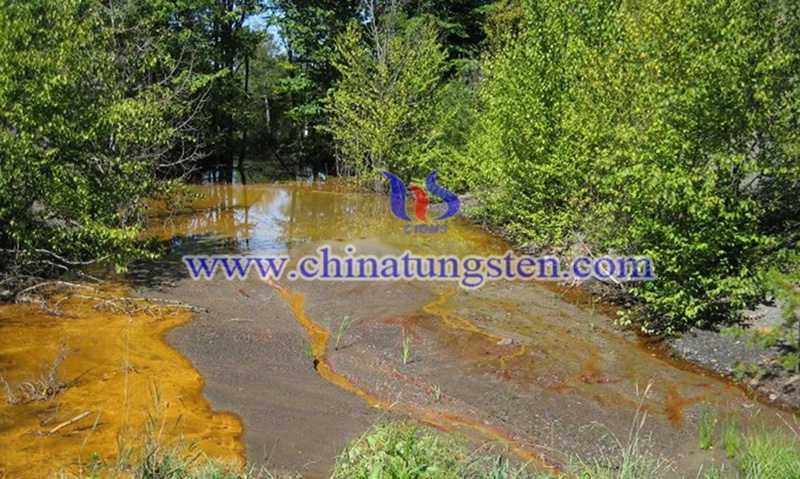Luminescent Sensor Detects Rare Earth Element Terbium
- Details
- Published on Tuesday, 31 August 2021 21:22
- Hits: 578
Scientists at Pennsylvania State University have developed a new luminescent sensor that can be used to detect complex environmental samples, such as the rare earth element terbium (Tb) in acid mine waste. This new type of sensor relies on a protein called lanmodulin.
Terbium is one of the rare earth elements. It produces green color in mobile phone displays and is also used in high-efficiency lighting and solid-state devices. However, obtaining Tb and other rare earths from the environment presents various chemical, environmental, and political challenges.
Assistant Professor Joseph Cotruvo, Jr. and Professor of Chemical Career Development Louis Martarano of Pennsylvania State University said: "There is currently no rare earth element supply chain in the United States, but they are abundant in non-traditional sources, including coal by-products, acid mine drainage, and electronic waste. In this research, we have developed a luminescence-based sensor that can be used to detect and even quantify low-concentration Tb in complex acidic samples."
Scientists change the protein by adding the amino acid tryptophan to the protein to develop this new luminescent sensor. Tryptophan acts as a sensitizer for Tb, which means that the light absorbed by tryptophan can be transferred to Tb.
Cotruvo said: "This green-emitting function is one of the main reasons why Tb is used in smartphone displays and other technologies. For our purposes, when the tryptophan-lanmodulin regulatory protein compound is combined with Tb, we can observe emitted light to measure the concentration of terbium in the sample."

The scientists then tested the most promising variants to determine the lowest concentration of terbium that the sensor can detect under ideal conditions, during which there is no interference from other metals. Even in highly acidic conditions such as acid mine drainage, the sensor can detect Tb levels related to the environment.
Cotruvo said: "One of the challenges of extracting rare earths is that you have to remove them from the rocks and need to drain them through acid mines, for this, nature has done it for us, but looking for rare earths is like finding a needle in a haystack. We have the existing infrastructure to deal with it. Acid mine drainage points in active and inactive mines to reduce their impact on the environment. If we can use sensors to identify locations with the most valuable rare earth element, we can better concentrate our mining efforts and turn waste streams into source."
When the scientists tested their sensor, it determined the concentration of Tb in the sample, which was comparable to the concentration they detected using the "gold standard" method. This shows that the new sensor is a feasible method for detecting low-concentration terbium in complex environmental samples.
Cotruvo said: "We plan to further optimize the luminescent sensor to make it more sensitive and easier to use. We also hope to target other specific rare earth elements through this method."
- Rare Earth Manufacturer & Supplier, Chinatungsten Online: www.chinatungsten.com
- Tungsten News & Prices of China Tungsten Industry Association: www.ctia.com.cn
- Molybdenum News & Price: news.molybdenum.com.cn
- Tel.: 86 592 5129696; Fax: 86 592 5129797; Email: sales@chinatungsten.com



 sales@chinatungsten.com
sales@chinatungsten.com